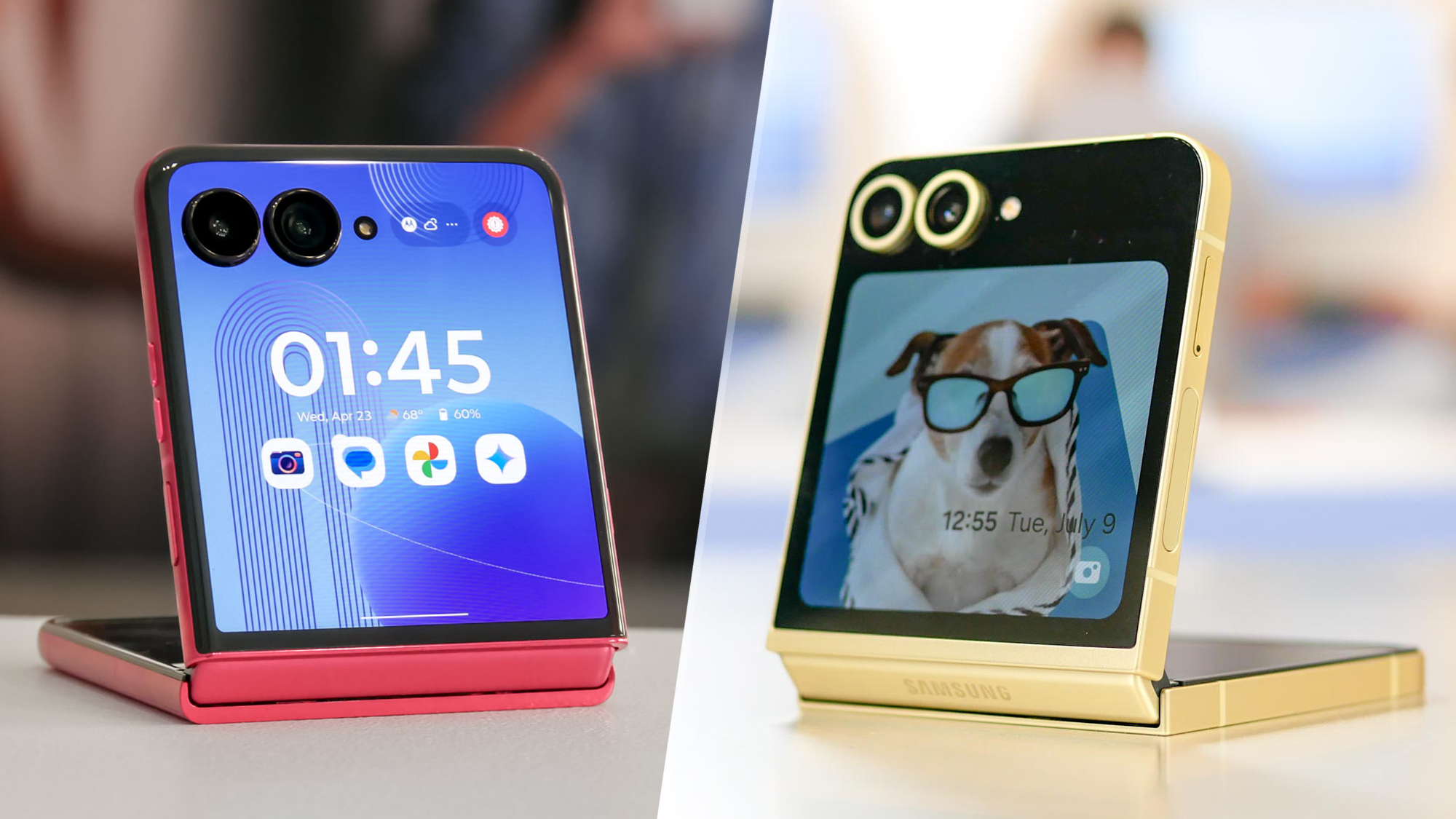Samsung Galaxy Z Fold 4 vs. Galaxy Z Fold 3: The biggest upgrades
What's new with Samsung's Galaxy Z Fold 4, and how it compares with the Galaxy Z Fold 3
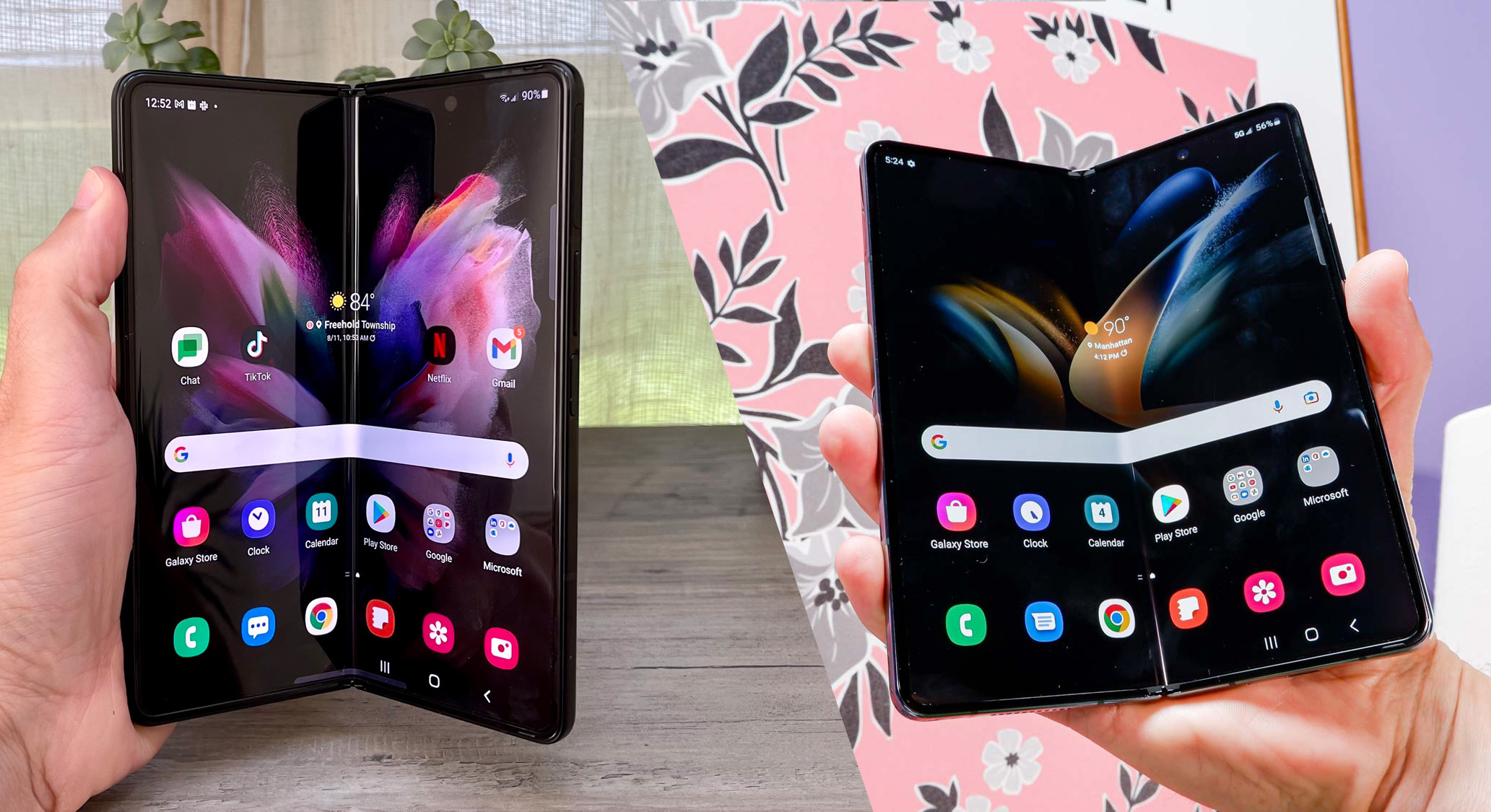
Samsung Galaxy Z Fold 4 vs. Galaxy Z Fold 3 is a battle of old vs. new. And while the newer Fold is definitely better, just how much better it is than the outgoing model is another matter.
While it's hard to see the upgrades at first glance, Samsung has made some handy changes to the Galaxy Z Fold 4 over the Galaxy Z Fold 3, like a more powerful and efficient chipset, a wider shape and better cameras that help round out the device into something much easier to use, and closer to non-folding phones in terms of abilities.
Read on to see how much of a difference one year can make to a foldable and how the showdown between Samsung Galaxy Z Fold 4 vs. Galaxy Z Fold 3 plays out.
Galaxy Z Fold 4 vs Galaxy Z Fold 3: Specs
| Row 0 - Cell 0 | Galaxy Z Fold 4 | Galaxy Z Fold 3 |
| Price | $1,799/£1,649 | $1,799/£1,599 |
| Main display | 7.6 inches AMOLED (120Hz, 2176 x 1812) | 7.6 inches (120Hz, 2208 x 1768) |
| Cover display | 6.2 inches AMOLED (120Hz, 2316 x 904) | 6.2 inches (120Hz, 2268 x 832) |
| CPU | Snapdragon 8 Plus Gen 1 | Snapdragon 888 |
| RAM | 12GB | 12GB |
| Storage | 256GB, 512GB, 1TB | 256GB, 512GB |
| Wide camera | 50MP (f/1.8) | 12MP wide (f/1.8) |
| Ultra-wide camera | 12MP (f/2.2) | 12MP ultrawide (f.2.2) |
| Telephoto camera | 10MP (f/2.4) | 12MP telephoto (f/2.4) |
| Cover camera | 10MP (f/2.2) | 10MP (f/2.2) |
| Under-display camera | 4MP (f/1.8) | 4MP (f/1.8) |
| Battery | 4,400 mAh | 4,400 mAh |
| Charging | 25W | 25W |
| Size closed | 6.1 x 2.6 x 0.55-0.62 inches | 6.2 x 2.6 x 0.56 to 0.62 inches |
| Size open | 6.1 x 5.1 x 0.21 inches | 6.2 x 5 x 0.25 inches |
| Weight | 9.28 ounces | 9.55 ounces |
| Colors | Graygreen, Phantom Black, Beige, Burgundy (Samsung.com only) | Phantom Black, Phantom Green, Phantom Silver |
Galaxy Z Fold 4 vs Galaxy Z Fold 3: Price
In the U.S., the Galaxy Z Fold 4 costs the same at launch as the Galaxy Z Fold 3 did: $1,800. Unfortunately for U.K. readers, the Galaxy Z Fold 4's start price is £1,649, up from the £1,599 of the Galaxy Z Fold 3. It's only a small increase given the overall cost of the phone, but it's still an increase.
You can buy the Galaxy Z Fold 3 right now if you wish, but the Z Fold 4 isn't quite on sale yet. It's open for pre-orders now, and buying through Samsung will get you a free memory upgrade and Standing Case with S Pen, but will only hit store shelves on August 26.
Galaxy Z Fold 4 vs Galaxy Z Fold 3: Design
You won't be able to tell the Z Fold 4 and Z Fold 3 apart from a distance, but there are some welcome changes here.
Starting with the phone closed, the Z Fold 4's a little more compact than the Z Fold 3, making it easier to fit in your pocket or bag. It's also lighter, although only by 0.6 ounces/17 grams.
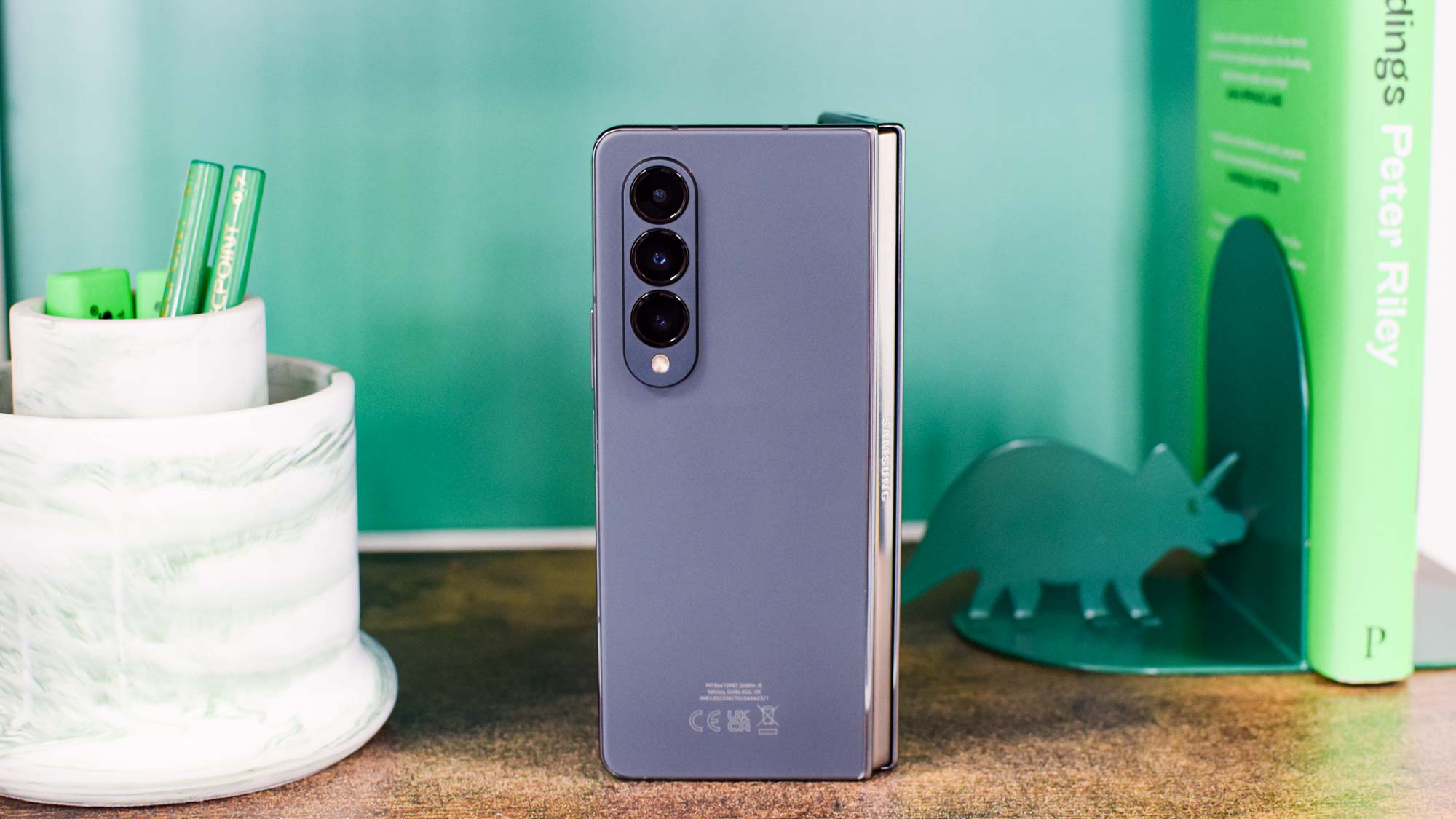
Despite this, the Z Fold 4 should in theory be tougher. It uses Gorilla Glass Victus Plus like the Galaxy S22 series, an update to the Gorilla Glass Victus used on the Z Fold 3. However, initial durability testing for the Z Fold 4 shows that it is awfully similar to the Z Fold 3
Both the foldables offer IPX8 water resistance, which hopefully means either phone should survive a dive into a pool, pond or sink if it had to.
The outer cover display has smaller bezels on the Z Fold 4, making it much easier to use the Z Fold 4 without opening it. The Z Fold 3's cover display is usable, but too narrow for comfortable use.
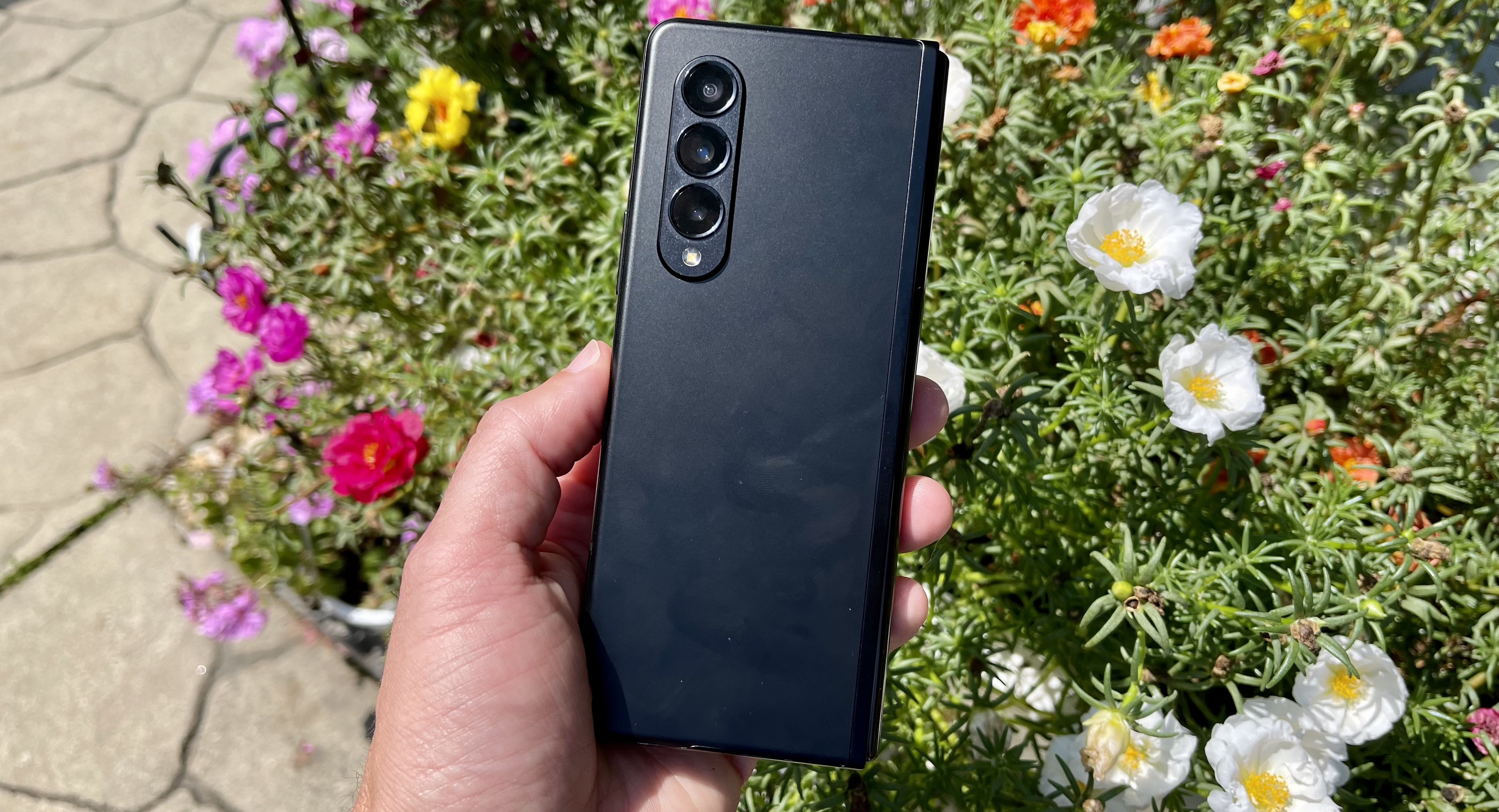
Samsung's also shaken up the colors a little from year to year. Both foldables are available in Phantom Black, but the Z Fold 3 also comes in Phantom Silver and Phantom Green, while the Z Fold 4 offers Graygreen and Beige.
Galaxy Z Fold 4 vs Galaxy Z Fold 3: Display
Both displays on both phones are technically the same size - 6.2 inches outside and 7.6 inches inside. The difference comes in the aspect ratio however. The Z Fold 4 is a little shorter and a little wider than the Z Fold 3, making it easier to get the most out of the phone whether it's open or shut.
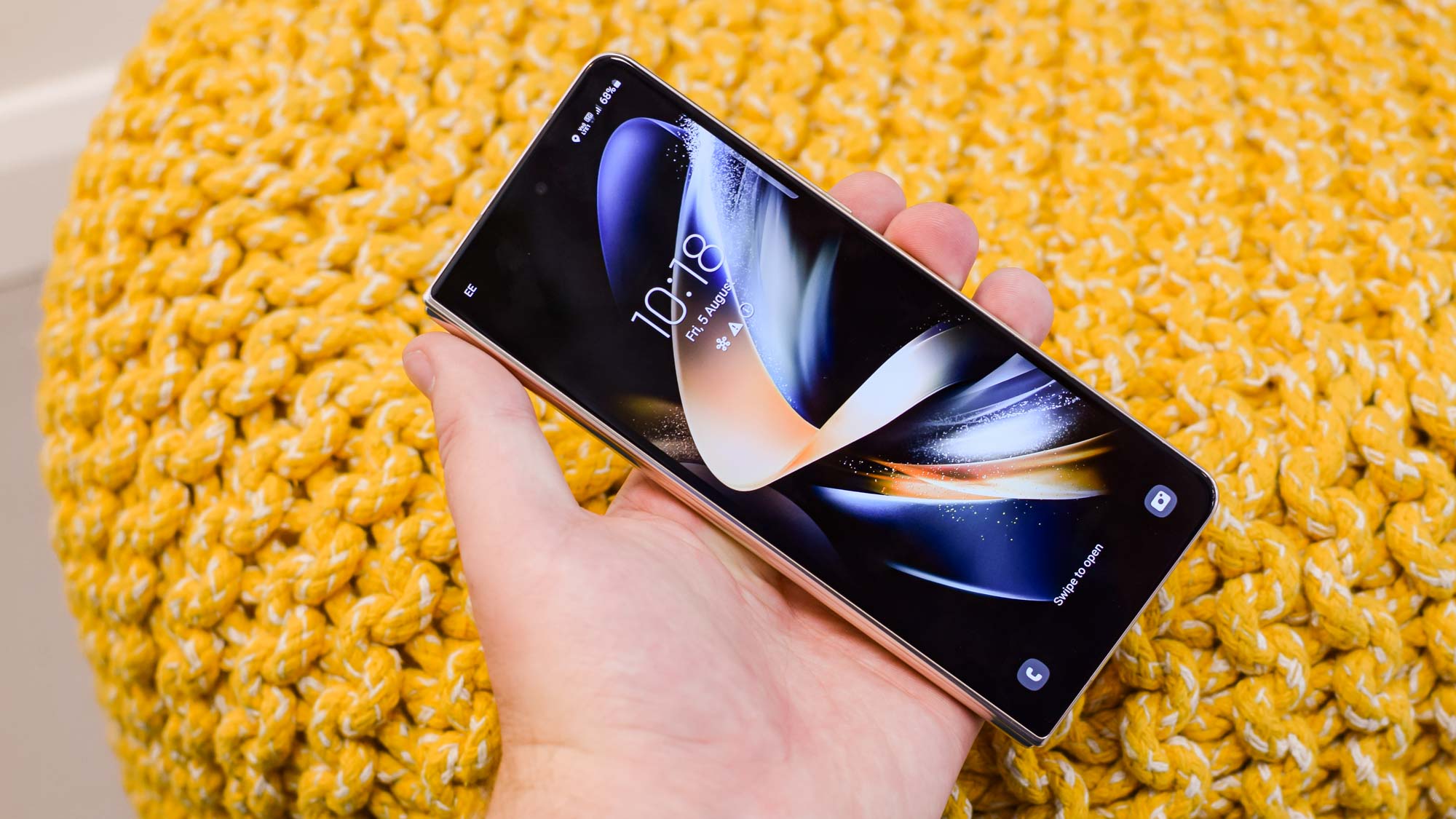
The patch of screen covering the Z Fold 4's under-display camera is now more densely packed with pixels, which makes it harder to spot than the Z Fold 3's hidden camera. Combined with the less visible crease down the middle, the display on the Z Fold 4 does a better job of simulating a regular non-folding display.
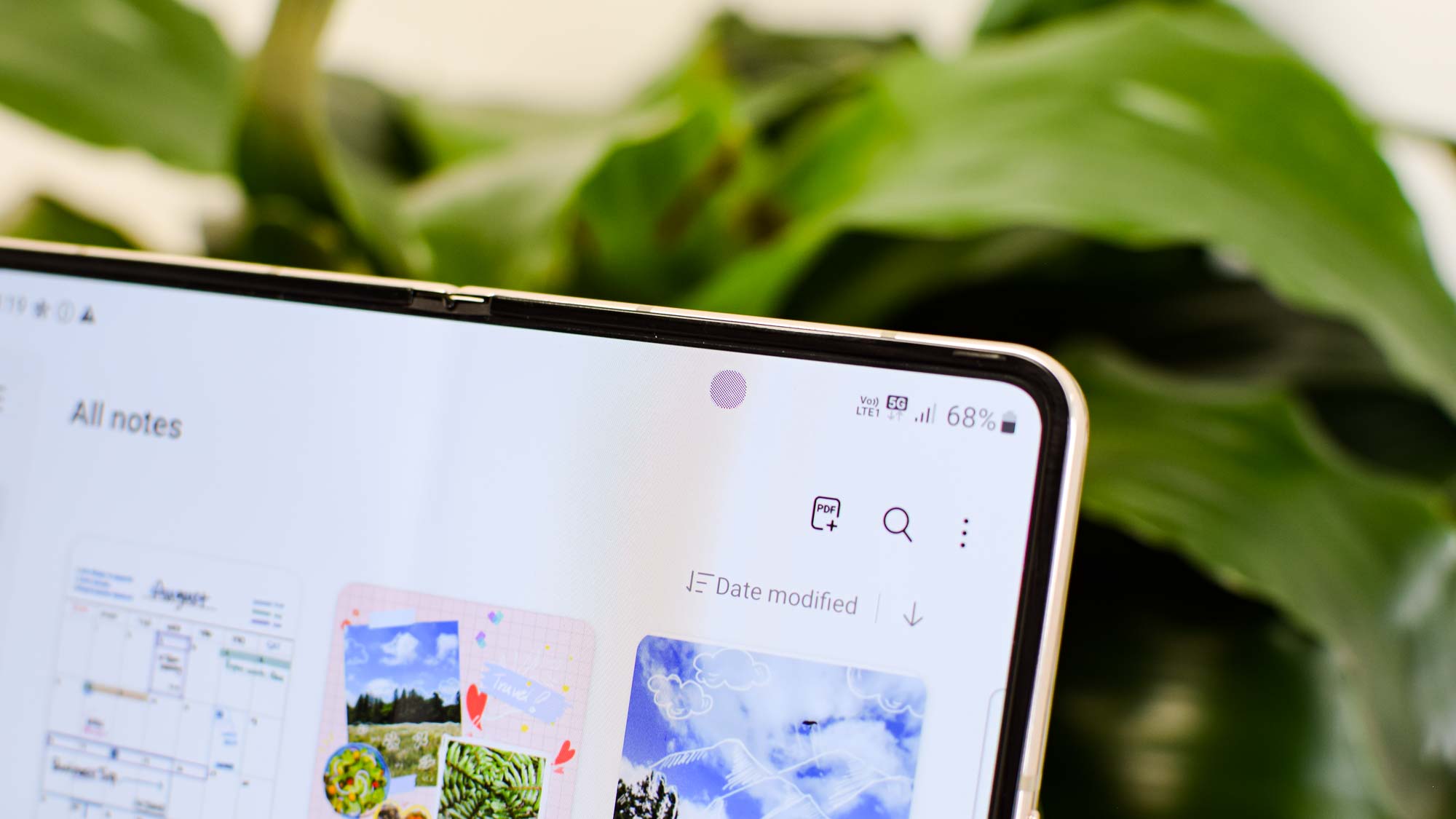
When we measured screen brightness for the two phones, we found the Z Fold 4 is a fair bit brighter, achieving 905 nits maximum brightness for the inner display (870 nits for the outer display) compared to 740 nits (688 outer) for the Z Fold 3. The Z Fold 4 also has more accurate colors and greater color gamut coverage, which is great news for keen video streamers.
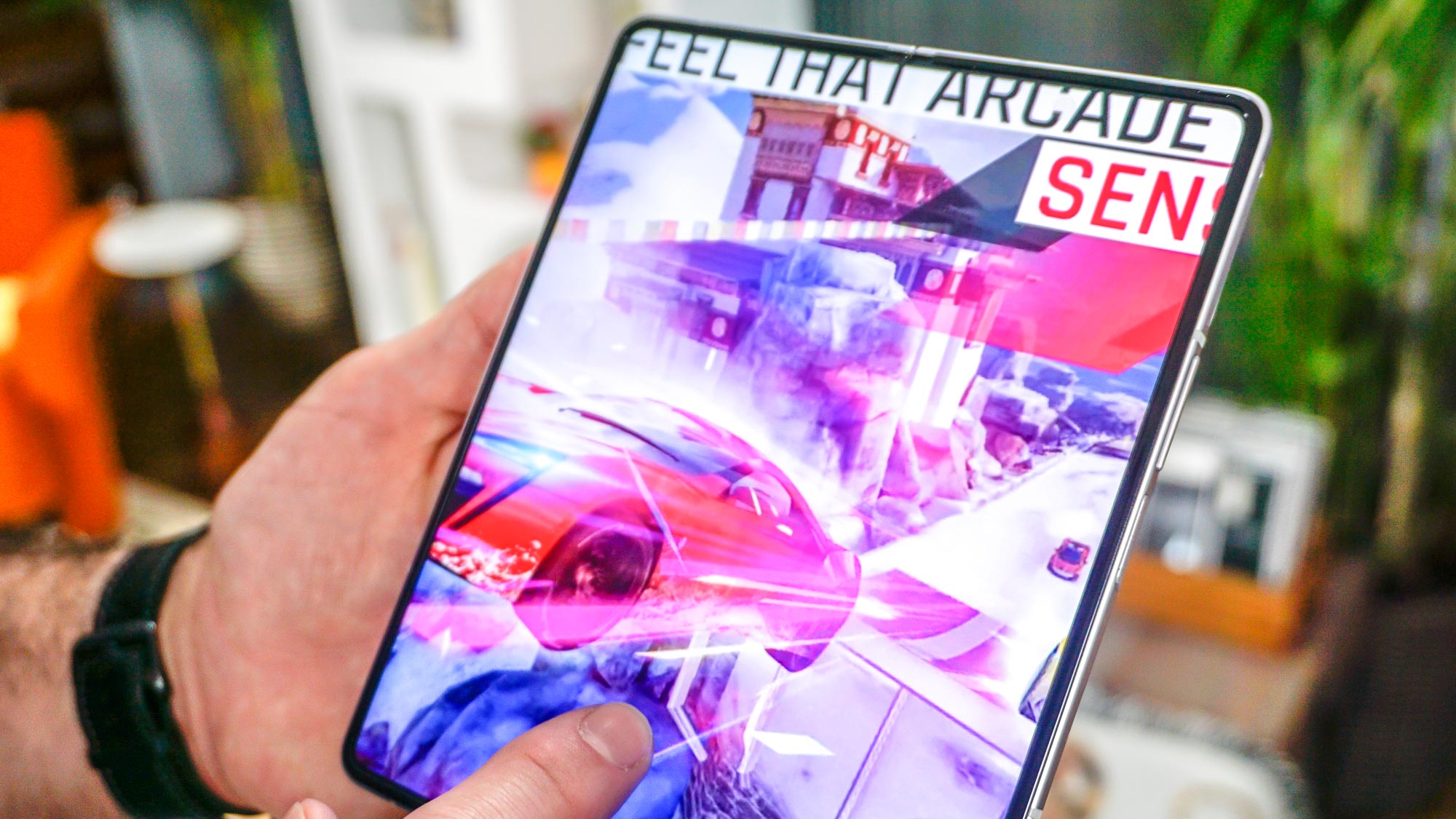
Both phones utilize 120Hz refresh rates for both their screens for a smooth scrolling experience. There's a slight difference in precise screen resolutions, but both phones still share the basic WQGA inner/ HD+ outer display quality.
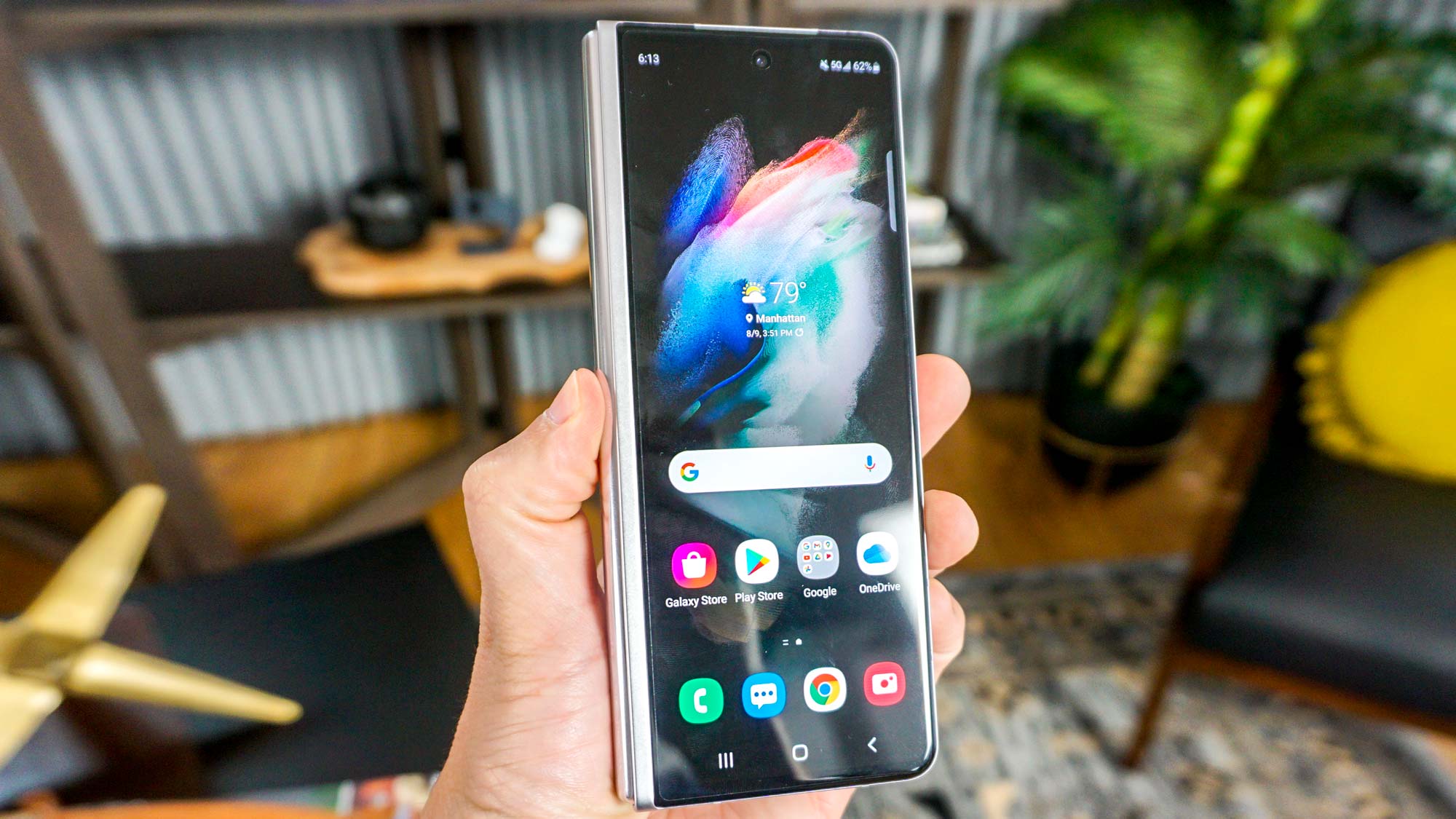
Galaxy Z Fold 4 vs Galaxy Z Fold 3: Cameras
The changes to the camera loadout on the Z Fold 4 mean it's now in line with the Galaxy S22 or Galaxy S22 Plus. The main sensor is now 50MP (up from 12MP), and the telephoto camera is now a 10MP sensor capable of 3x optical zoom, a boost from the 12MP, 2x optical zoom on the Z Fold 3. Both phones have a 12MP ultrawide camera to round out the rear camera block, but the Z Fold 4 should offer superior snaps to the Z Fold 3.
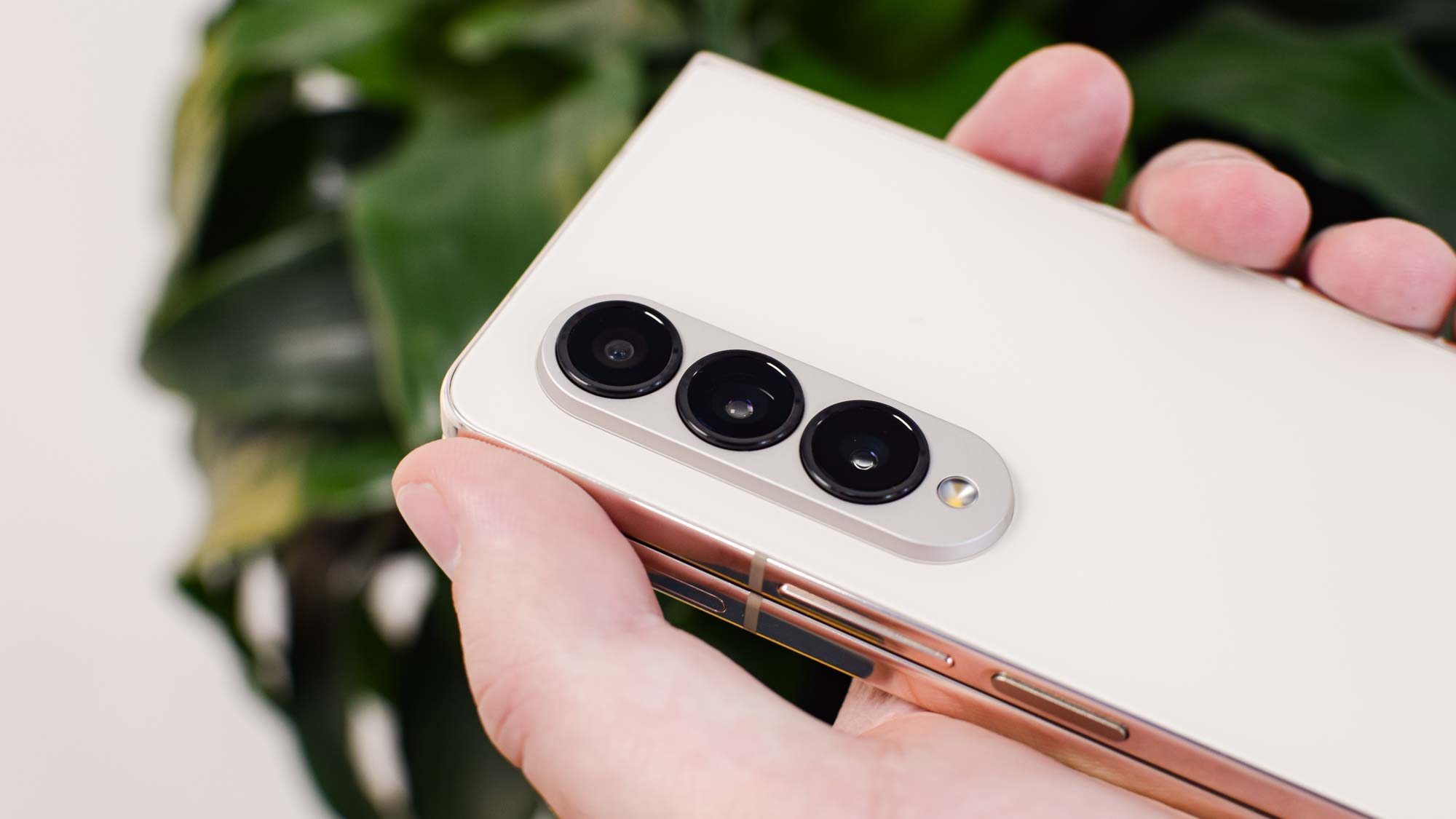
Both the Z Fold 3 and 4 use identical front-facing cameras though. Those are a 10MP sensor on the cover display, and a 4MP under-display camera on the inside.
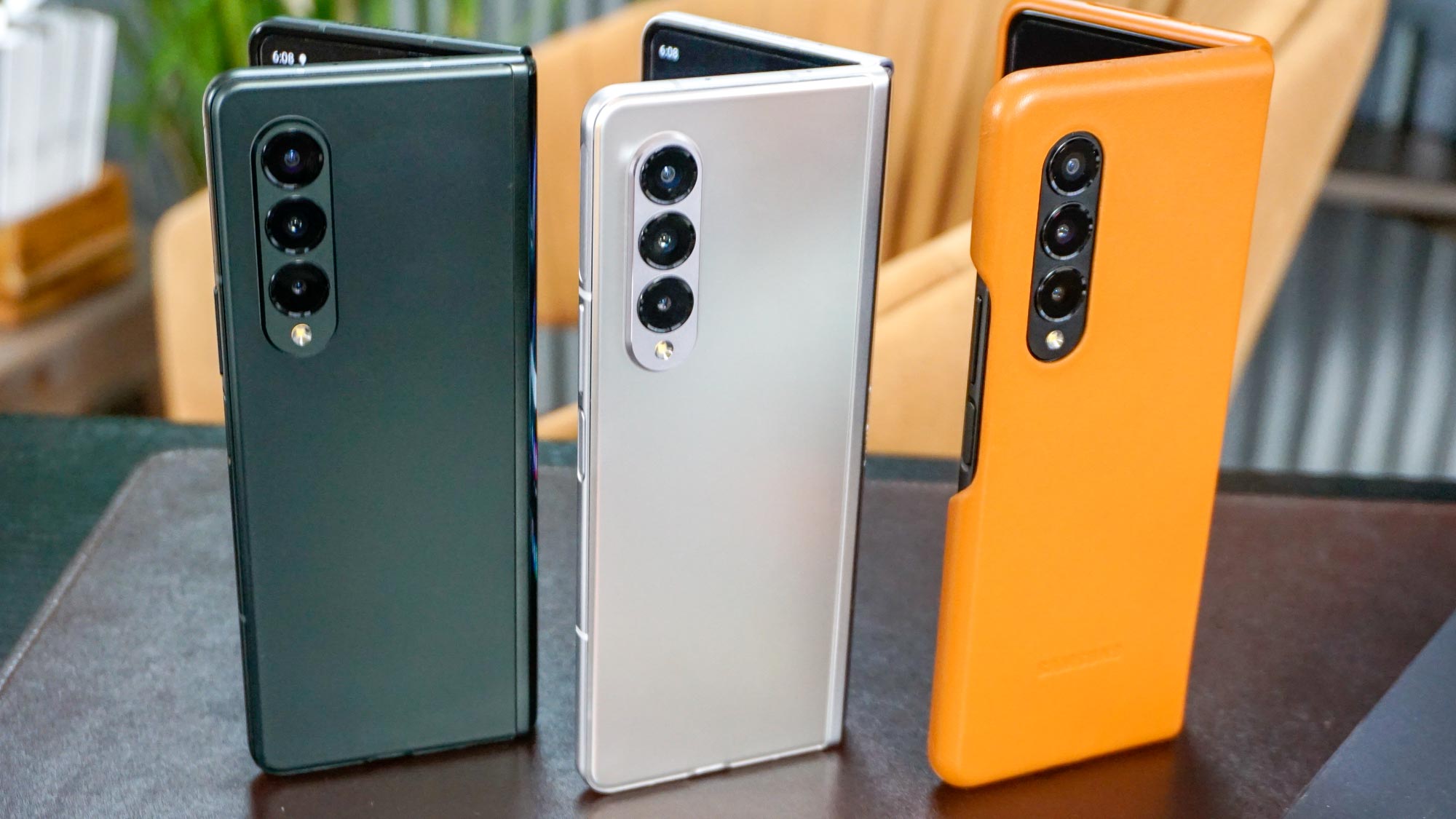
While the Z Fold 4's cameras still don't match up to Samsung's best camera phone (the Galaxy S22 Ultra), they're still much better than they used to be, fixing what one TG staffer called their biggest problem with the Z Fold series.
Galaxy Z Fold 4 vs Galaxy Z Fold 3: Performance
The Galaxy Z Fold 3 comes with a Snapdragon 888 chipset, which is still a powerful chip. However the Z Fold 4 uses a Snapdragon 8 Plus Gen 1, the enhanced version of the Snapdragon 8 Gen 1 that succeeded the 888. You can see that makes a big difference in the table of results below.
| Row 0 - Cell 0 | Samsung Galaxy Z Fold 4 | Samsung Galaxy Z Fold 3 |
| Geekbench 5 score (single-core/multi-core) | 1,328 / 3,831 | 1,107 / 3,418 |
| Wild Life Unlimited (score/fps) | 8,819 / 52 | 5,622 / 33 |
| Wild Life Extreme Unlimited (score/fps) | 2,772 / 16 | 1,462 / 8 |
| Adobe Premiere Rush (mins:secs) | 0:45 | 0:50 |
However, don't think that this makes the Galaxy Z Fold 4 a good gaming phone. As good as the chip is, it doesn't matter when game devs don't design their titles for the unique screen aspect ratios that the Z Fold uses.
The Z Fold 4 also has the option for extra storage compared to the Z Fold 3. The Z Fold 4 offers 512GB and 1TB storage options, the latter being a first for a Z Fold model. The most you can get on the Z Fold 3 is 512GB.
Galaxy Z Fold 4 vs Galaxy Z Fold 3: Battery and charging
Samsung's left the Galaxy Z Fold 4's battery and charging abilities untouched from the Z Fold 3. Both phones have a 4,400 mAh total battery capacity, and can charge at up to 25W when plugged in.
Z Fold 4 survived our custom battery test for 7 hours and 9 minutes on a single charge, using the inner display at full 120Hz refresh rate. The Z Fold 3 managed 6 hours and 35 minutes on the same test. While neither result is particularly inspiring compared to regular phones, the Z Fold 4 has definitely improved.
Galaxy Z Fold 4 vs Galaxy Z Fold 3: Verdict
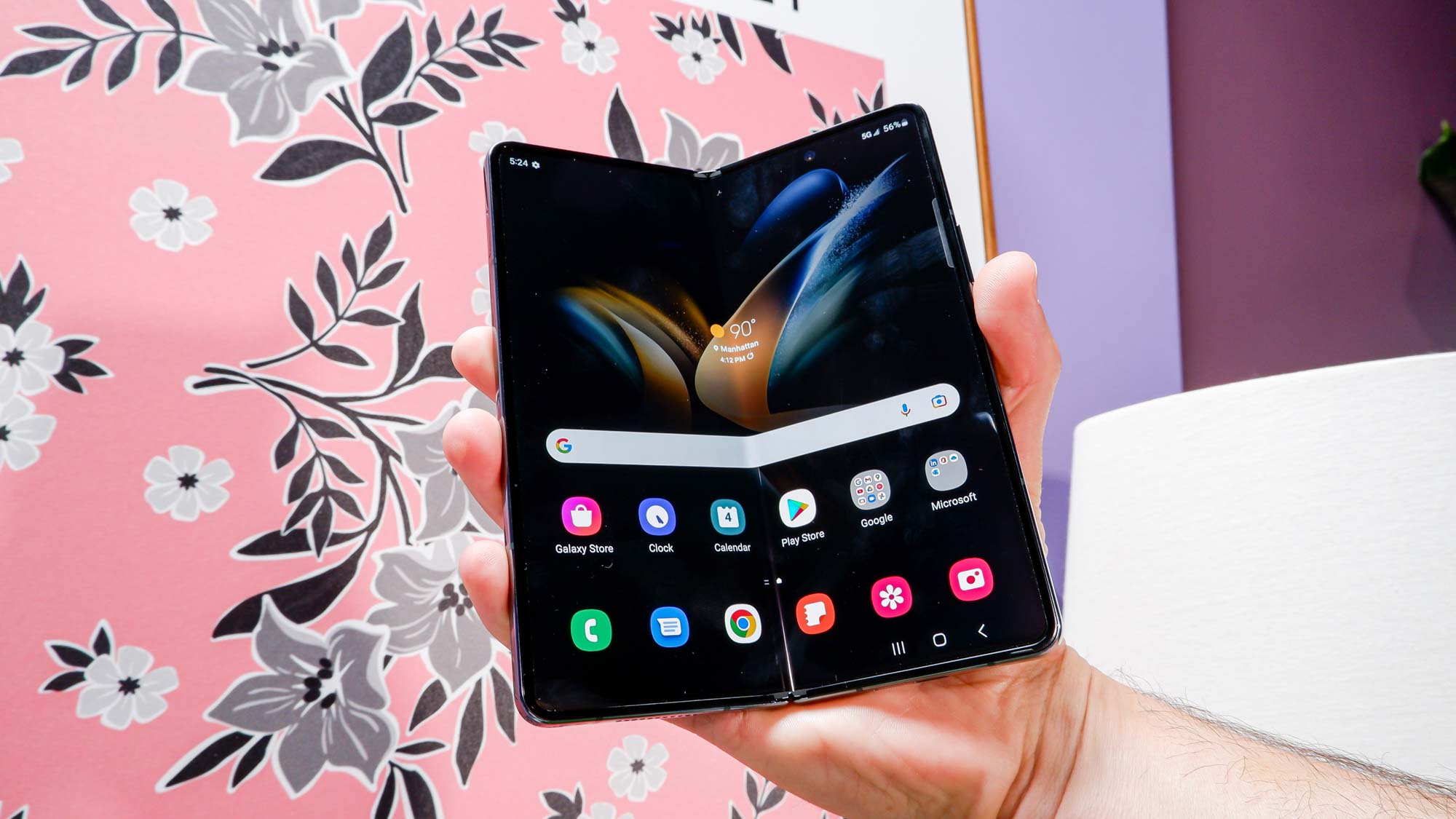
As expected, the Galaxy Z Fold 4 is definitely the superior model to the Galaxy Z Fold 3. Additional power, improved efficiency, a more user-friendly shape and true flagship-grade cameras are big reasons to go for the Galaxy Z Fold 4 if you can afford it.
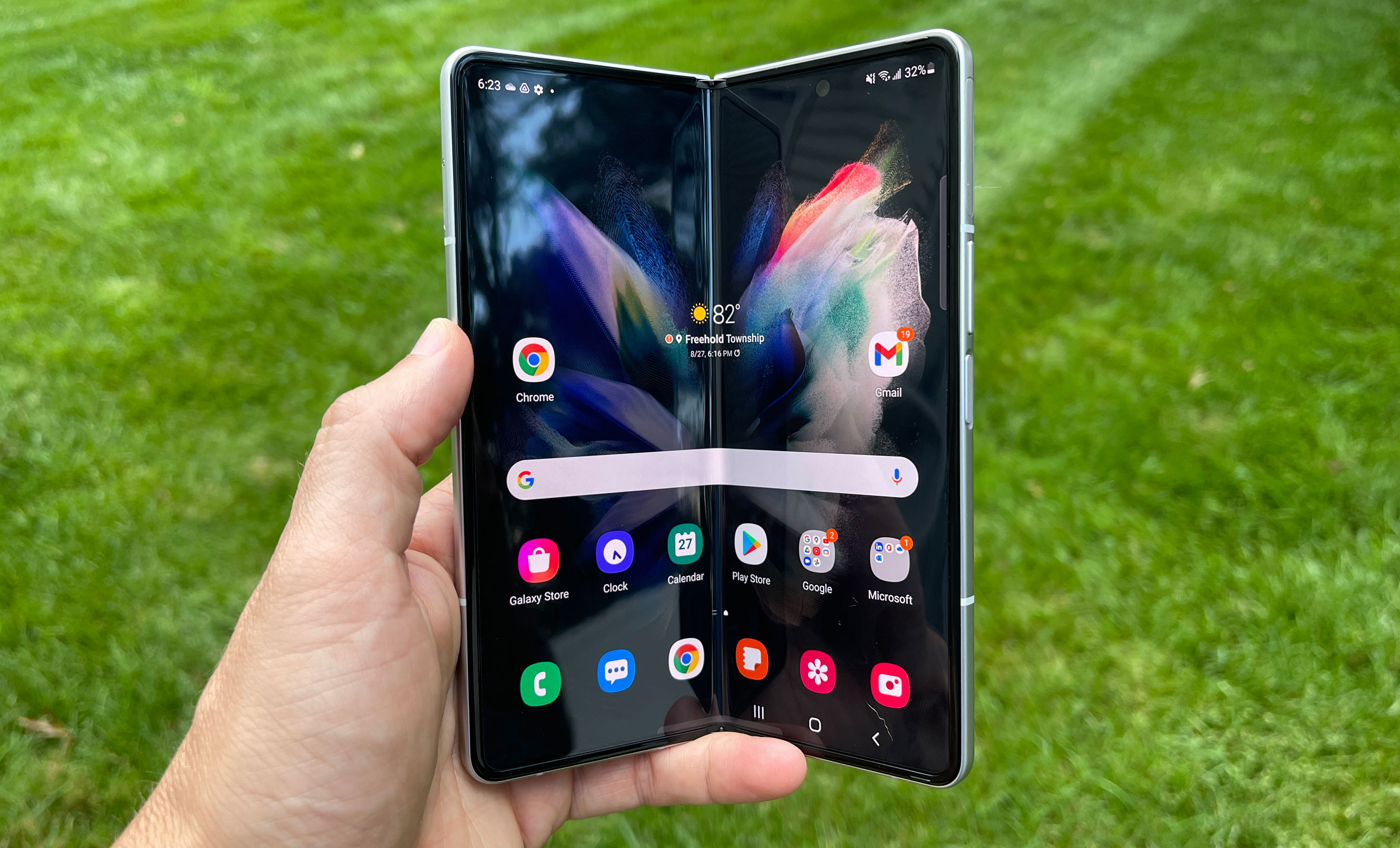
It's a shame the Galaxy Z Fold 4 didn't upgrade some elements, like the battery size, but we're also glad the price is staying (almost) the same as last year.
While the Galaxy Z Fold 3's likely to start seeing deeper discounts now it's no longer Samsung's latest and greatest foldable, you won't feel like you've missed out on getting a brand-new foldable for a good price.
Sign up to get the BEST of Tom's Guide direct to your inbox.
Get instant access to breaking news, the hottest reviews, great deals and helpful tips.

Richard is based in London, covering news, reviews and how-tos for phones, tablets, gaming, and whatever else people need advice on. Following on from his MA in Magazine Journalism at the University of Sheffield, he's also written for WIRED U.K., The Register and Creative Bloq. When not at work, he's likely thinking about how to brew the perfect cup of specialty coffee.
